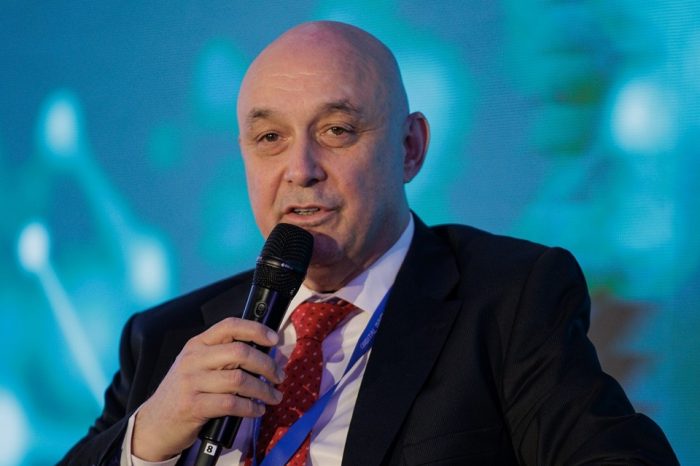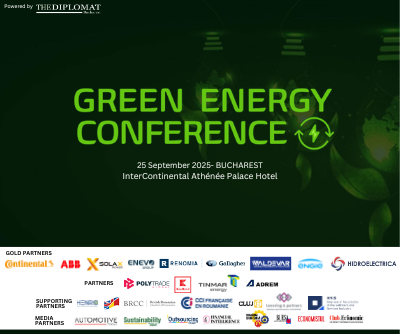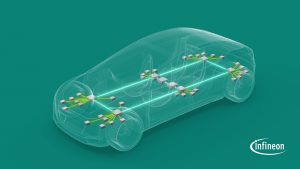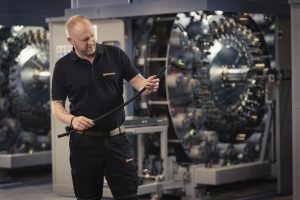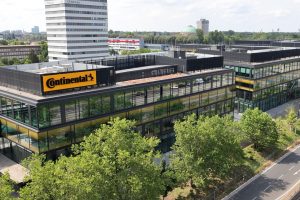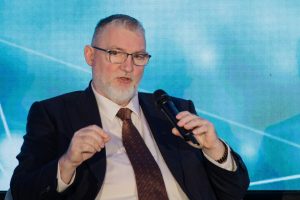Mihai Niculescu, ITS Romania: “From the perspective of connected vehicles, we will witness in the future a mixed traffic including driverless vehicles”
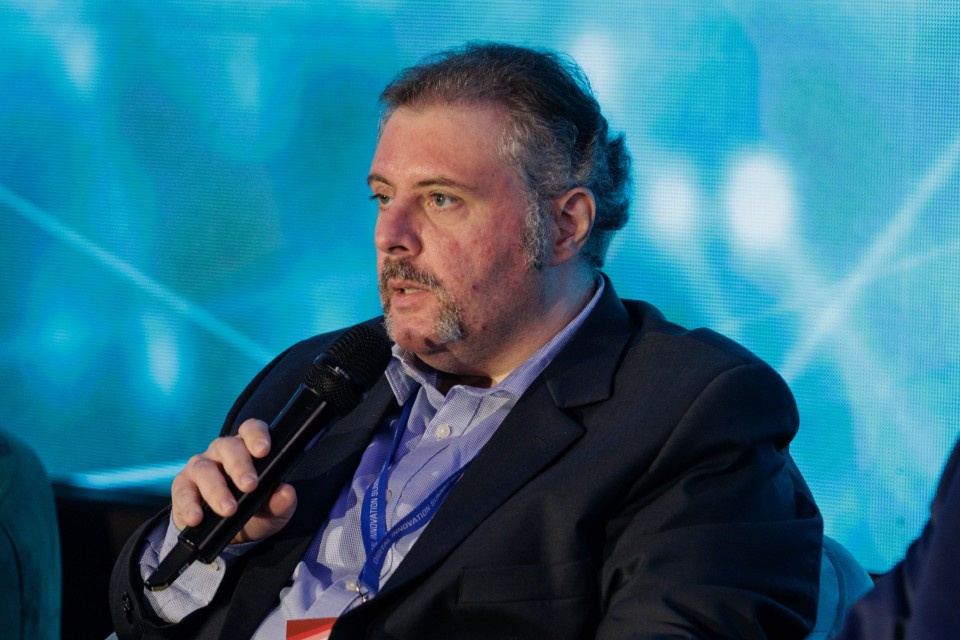
“Intelligent transport systems represent the application of IT and communications technologies in the management of the transport process, with three major objectives: to make transport safer, more efficient and more environmentally friendly.
Within these intelligent systems, vehicles and the entire infrastructure represent a component of the entire system. The need to know where a charging station is located, how to get to it and what facilities it offers represents a service in the field of intelligent transport systems,” Mihai Niculescu, General Director, Intelligent Transport Systems Romania said at Automotive R&D Conference organized by Automotive Today and The Diplomat-Bucharest.
Key statements:
- At the European level, ITS is very well regulated and coordinated. There is a framework directive that establishes the main services that we should offer to users on various topics such as road safety, real-time information.
- This type of systems is implemented in various European countries but are also starting to appear in Romania. These systems contribute significantly, from the point of view of traffic management, to reducing congestion by 10-15% by informing users, through automatic rerouting, etc.
- ITS also means IT and communication systems. From the perspective of connected vehicles, we will witness in the future a mixed traffic with vehicles with drivers, but also driverless vehicles. It is not an ideal situation, but it can be managed using these technologies.
- The fact that vehicles constantly transmit data raises a series of challenges. The challenges related to cybersecurity are very important, but there are also challenges at the level of the infrastructure of intelligent transport systems, primarily in terms of communication. Think that this connection between vehicles or between vehicle and infrastructure must be secure, reliable and we must know that the information received comes from a safe and certified source.
- When we talk about software-defined vehicles, the software part is much more important than the mechanical part. How do we ensure that these software solutions operate within the limits of physical safety and cybersecurity? Here is a challenge for regulatory authorities to find solutions so that this software component can be verified and certified as it happens with all other mechanical, electrical components that we have in vehicles, including the communications part.
- The problem of the infrastructure for charging electric cars in Romania is also doubled by the state of the national energy system which does not allow the installation of high-power charging stations at the density required by national regulations and European legislation.




